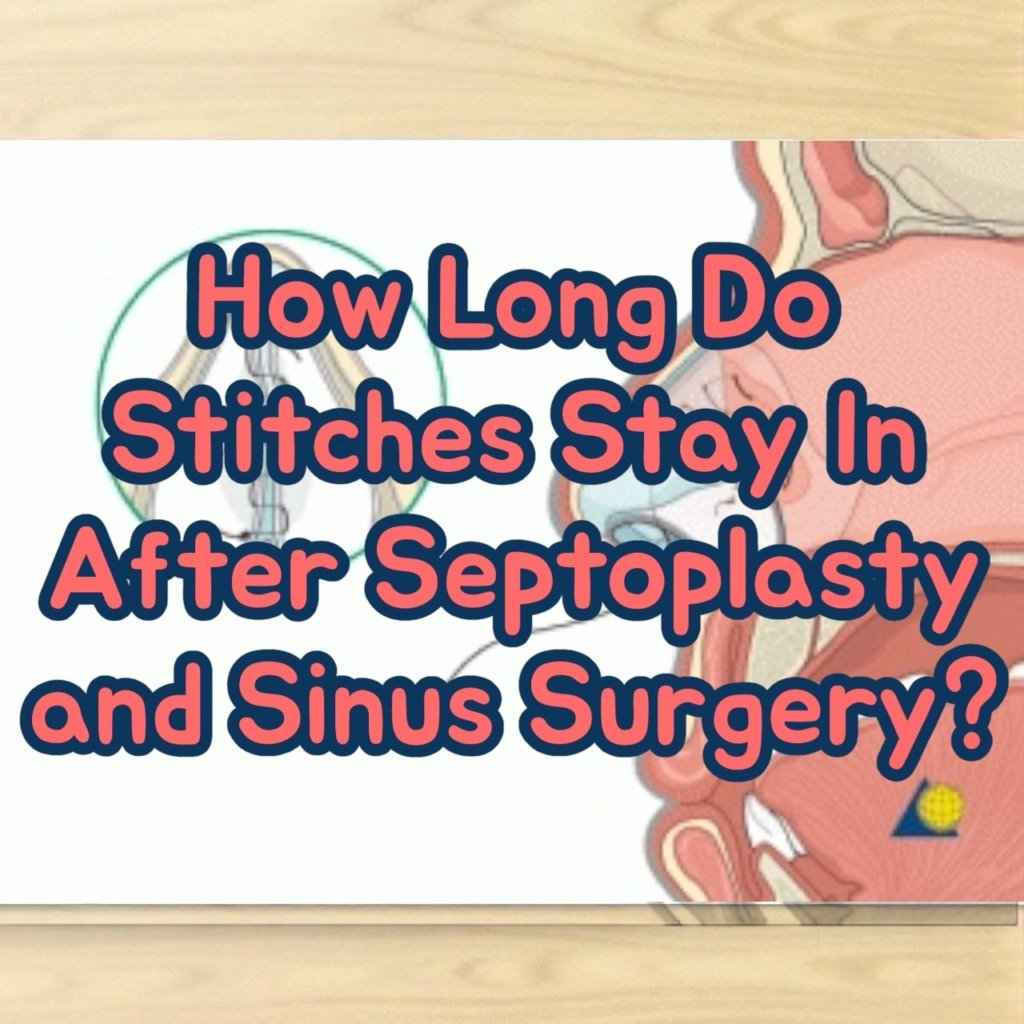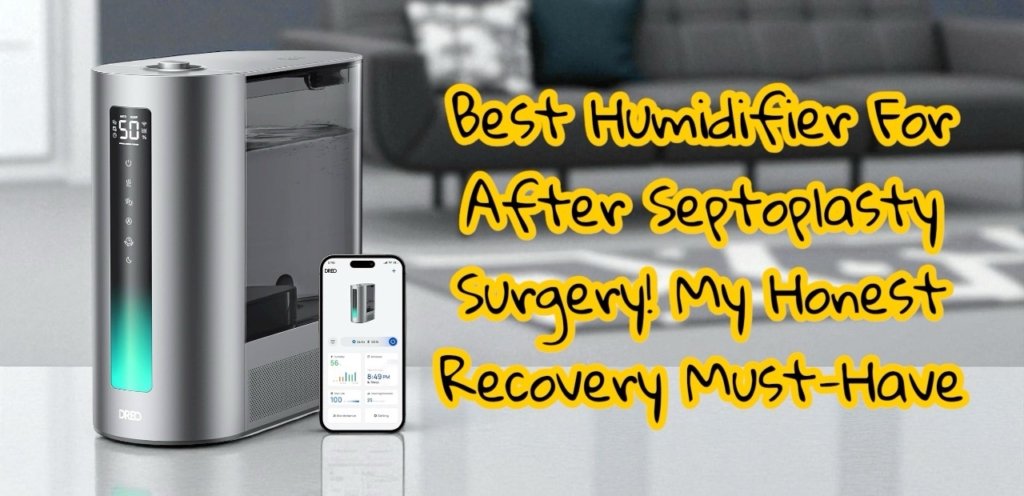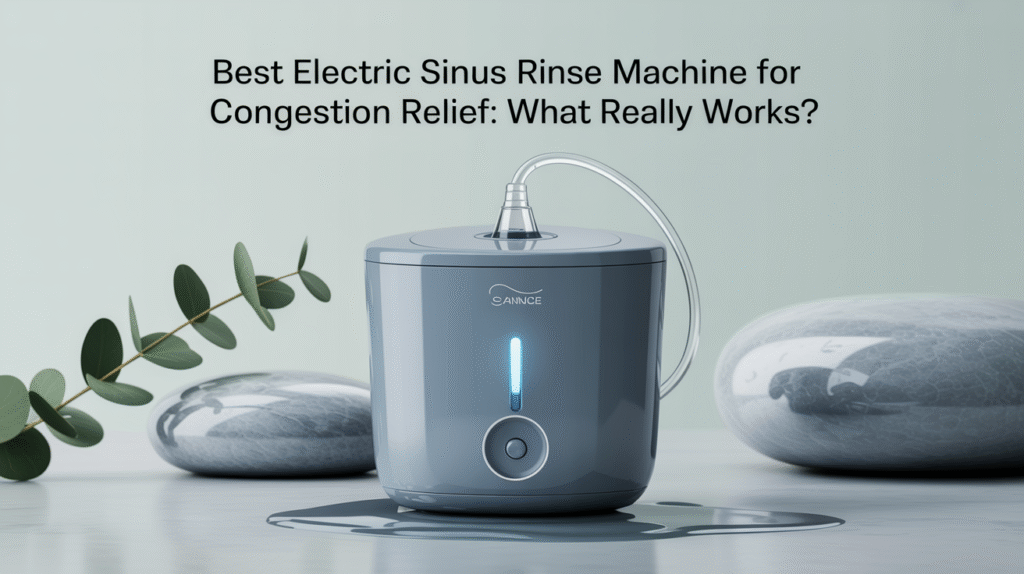
What No One Tells You About Nasal Irrigation Before Sinus Surgery
If you’re gearing up for septoplasty or recovering from sinus surgery, you’ve probably heard about rinsing your nose with a saline solution. But here’s what many of us don’t hear until it’s too late — not all nasal rinse options are the same, and the right tool can make or break your recovery. I learned this the hard way.
After my own surgery, I figured I’d just grab a Neti Pot from the pharmacy shelf and be good to go. Big mistake. It wasn’t powerful enough, and half the time I ended up with water going down my throat or barely rinsing out the gunk that needed to come out. Then I found two electric nasal rinse machines that actually worked — and now I can’t imagine recovering without them.
Let me walk you through what I wish I’d known sooner, and why you should absolutely consider upgrading your nasal rinse routine.
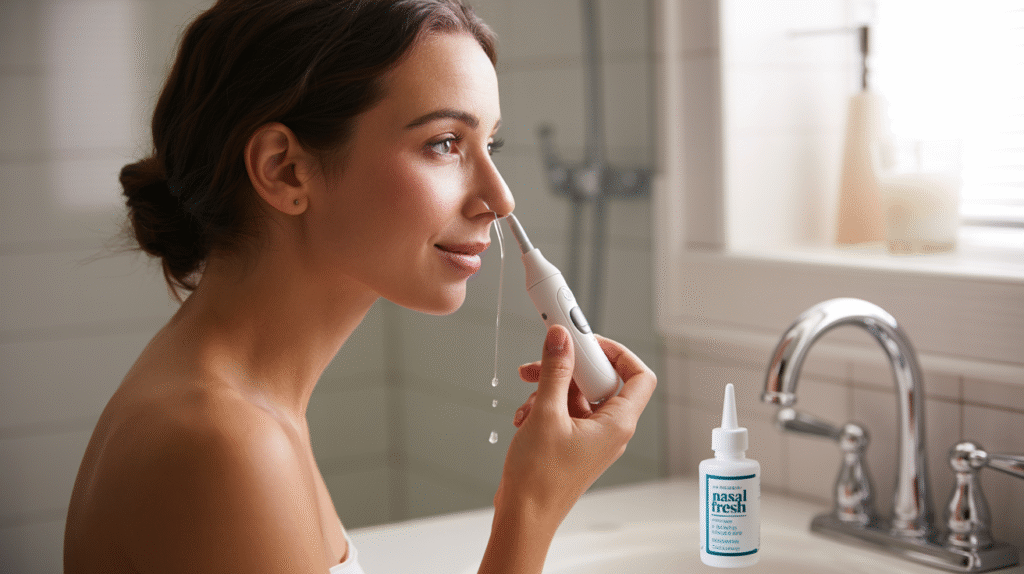
Why Nasal Rinsing Is So Important After Septoplasty
After surgery, your sinuses go through a healing process that’s honestly a bit gross. There’s blood, mucus, dried scabs, crust, and who knows what else up in there. Leaving all that inside can lead to infections, blockages, and major discomfort.
That’s where nasal irrigation comes in. When done right, rinsing:
- Helps flush out debris and prevent infection
- Reduces swelling and speeds up recovery
- Keeps the airway clear for easier breathing
- Soothes irritation inside the nasal passages
But doing it the wrong way? That can lead to discomfort, frustration, and even make your symptoms worse. Trust me — using the right machine can completely change how this experience goes.
The Nasal Rinse Machine That Finally Got It Right
After a few frustrating attempts with cheap rinse bottles and gravity-fed Neti pots, I discovered the NASALFRESH MD Electric Nasal Rinse Machine. Game changer. This thing is dual-powered (rechargeable or plug-in), comes with 30 saline packets, and even includes a set of comfortable nose pillows for a better seal.
The best part? It doesn’t hurt. Some machines blast too hard or leak all over. This one gives a smooth, controlled rinsethat actually reaches deep without causing a sneezing fit.
👉 Want a full breakdown? You can check out my complete review here:
Best Electric Sinus Rinse Machine That Actually Works and Doesn’t Hurt
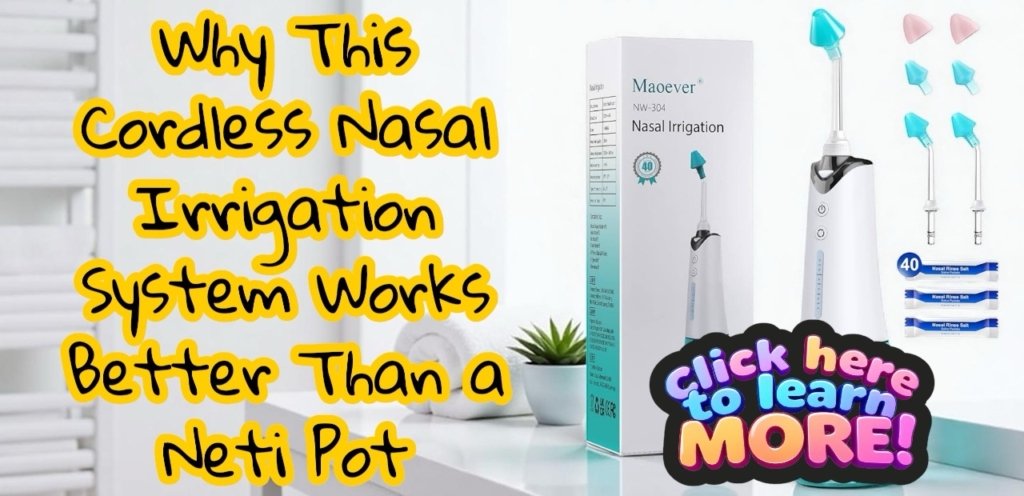
Another Powerful Option I Wish I Knew About Sooner
Later in my recovery, I also found a solid alternative — the Cordless Nasal Irrigation System. It’s got a great battery life, comes with six tip attachments (helpful for both adults and kids), and includes 40 salt packs.
The fact that it’s cordless made it easier to use in the shower or when traveling. And because it comes with multiple pressure modes, it was great for switching between gentler rinses and more aggressive flushing when things felt more clogged up.
👉 I go into all the juicy details here:
Why This Cordless Nasal Irrigation System Works Better Than a Neti Pot
Why I Ditched the Neti Pot (Even Though Everyone Recommends It)
Let’s talk about the classic Neti Pot for a second. It’s been around forever. People swear by it. ENT offices still recommend it. And I’ll admit—it sounds great in theory: tip your head, let gravity do the work, gently rinse the sinuses. But after my septoplasty? It just didn’t cut it.
The Neti Pot is slow, messy, and doesn’t create enough pressure to really clear out the deeper areas of the sinuses. Especially if you’re still swollen post-op, good luck getting anything through.
That’s when I realized that upgrading to an electric nasal rinse machine wasn’t a luxury—it was a necessity. And once I made the switch to something like the NASALFRESH MD system, I never looked back.

What Makes an Electric Nasal Irrigation System So Much Better?
When your sinuses are recovering, you don’t want to fight with the tool you’re using. You want something that:
- Offers steady, comfortable pressure
- Comes with plenty of salt packets so you don’t run out
- Has multiple tip sizes or attachments for a custom fit
- Doesn’t require you to tilt your head like a circus act
- Is easy to clean and refill
Both the NASALFRESH MD and the Cordless Nasal Rinse System hit these points.
One plugs in or charges, the other is fully cordless—so you can pick what works best for your lifestyle. I kept the NASALFRESH by the sink and used the cordless one in the shower. Total game plan.
How Often Should You Rinse After Septoplasty?
This is one of the biggest questions I had when I first started.
Right after surgery, my doctor told me to start saline rinses once the packing came out. For me, that was a couple days post-op. Once I started, I was told to rinse:
- At least twice per day
- More often if congested or draining mucus
- Every time before using any nasal sprays
Using my NASALFRESH MD became part of my morning and nighttime routine. And when things felt really blocked, I grabbed my cordless rinse machine for a mid-day flush that gave instant relief.
Pro tip: always use distilled or sterilized water—never straight from the tap!
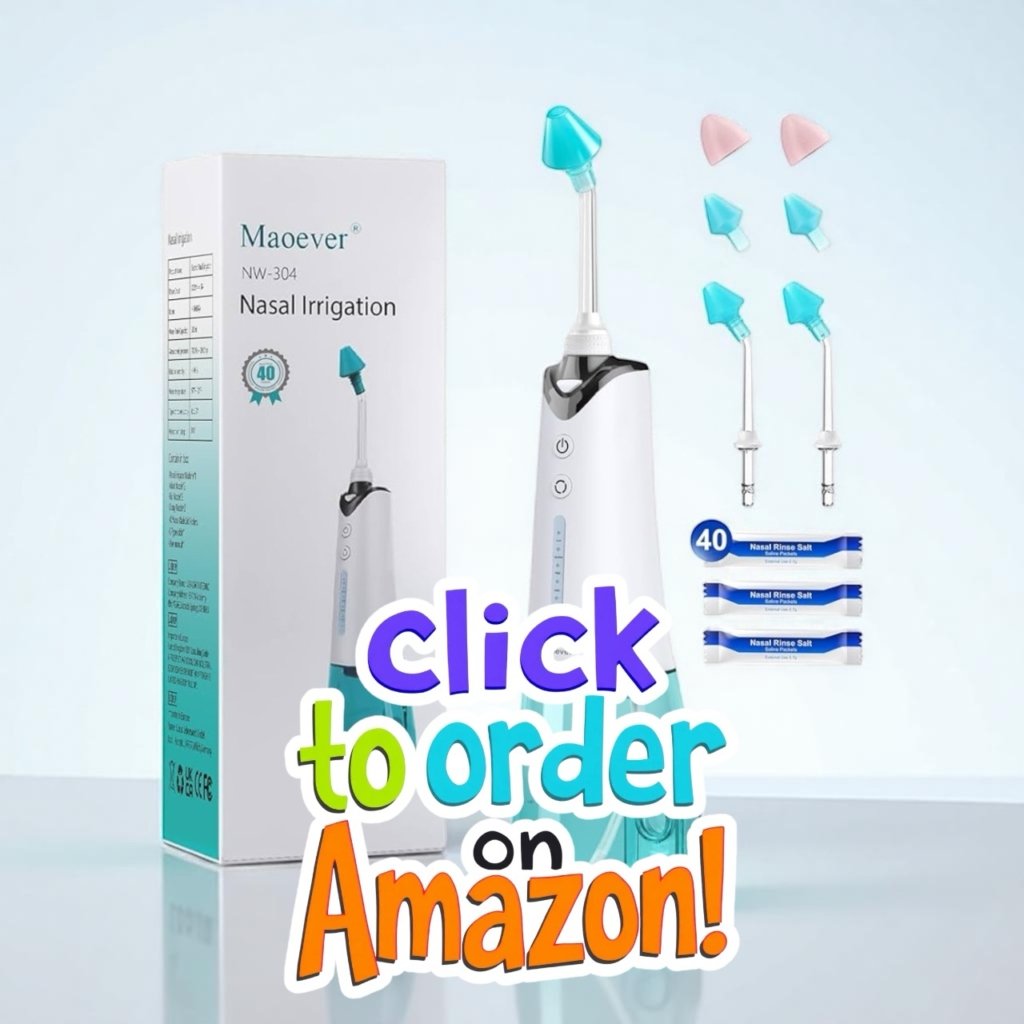
What Saline Mix Works Best?
Both of the products I mentioned above come with saline packets, which makes things super easy. You just pour one into the water chamber, shake it up, and go. But if you run out or want to make your own, here’s a simple DIY saline rinse mix:
- 1 cup of distilled water
- ½ tsp of non-iodized salt (like sea salt)
- Optional: ¼ tsp of baking soda to help with pH
Still, I found it easier (and less risky) to just use the packets that come with the machines, especially during the early healing days.
Want to learn more? I broke down the best nasal rinse solutions inside these two reviews:
➡️ Best Electric Sinus Rinse Machine That Actually Works and Doesn’t Hurt
➡️ Why This Cordless Nasal Irrigation System Works Better Than a Neti Pot
When Is the Best Time to Use a Nasal Rinse?
Mornings were rough for me after surgery. I’d wake up with a dry mouth, crusty nose, and pressure building up. My ENT said it was normal, but I didn’t want to feel miserable every day.
So I started using my NASALFRESH MD system first thing in the morning—even before brushing my teeth. It helped loosen everything up and made breathing easier throughout the day.
Evenings were my second favorite time. After being upright all day, I could feel gunk settling in again. That’s when I’d grab the cordless nasal irrigation machine in the shower and flush everything out while relaxing under warm water.
Morning and night became my go-to rinse routine. If I had a particularly stuffy or painful day, I’d even add a mid-afternoon rinse to cool down inflammation.
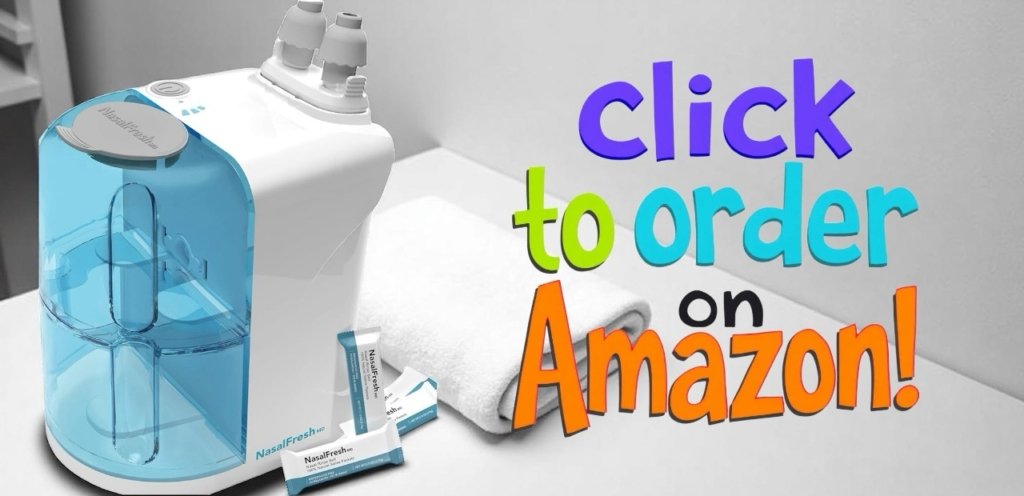
A Real Life-Saver: Cordless Option for On-the-Go Relief
I honestly didn’t expect to love the cordless unit as much as I did. I figured it would feel weaker or gimmicky—but nope. The Cordless Nasal Rinse System had just the right amount of pressure, came with 6 interchangeable tips, and I could toss it in my bag for road trips or doctor visits.
It also includes 40 salt packs, which saved me during recovery when I didn’t have time to buy more.
If you’re someone who travels a lot, or just wants something not tied to a wall outlet, this cordless model is perfect. I now use it just as much as my countertop system. Sometimes more.
I did a full breakdown in this article if you want the gritty details:
➡️ Why This Cordless Nasal Irrigation System Works Better Than a Neti Pot
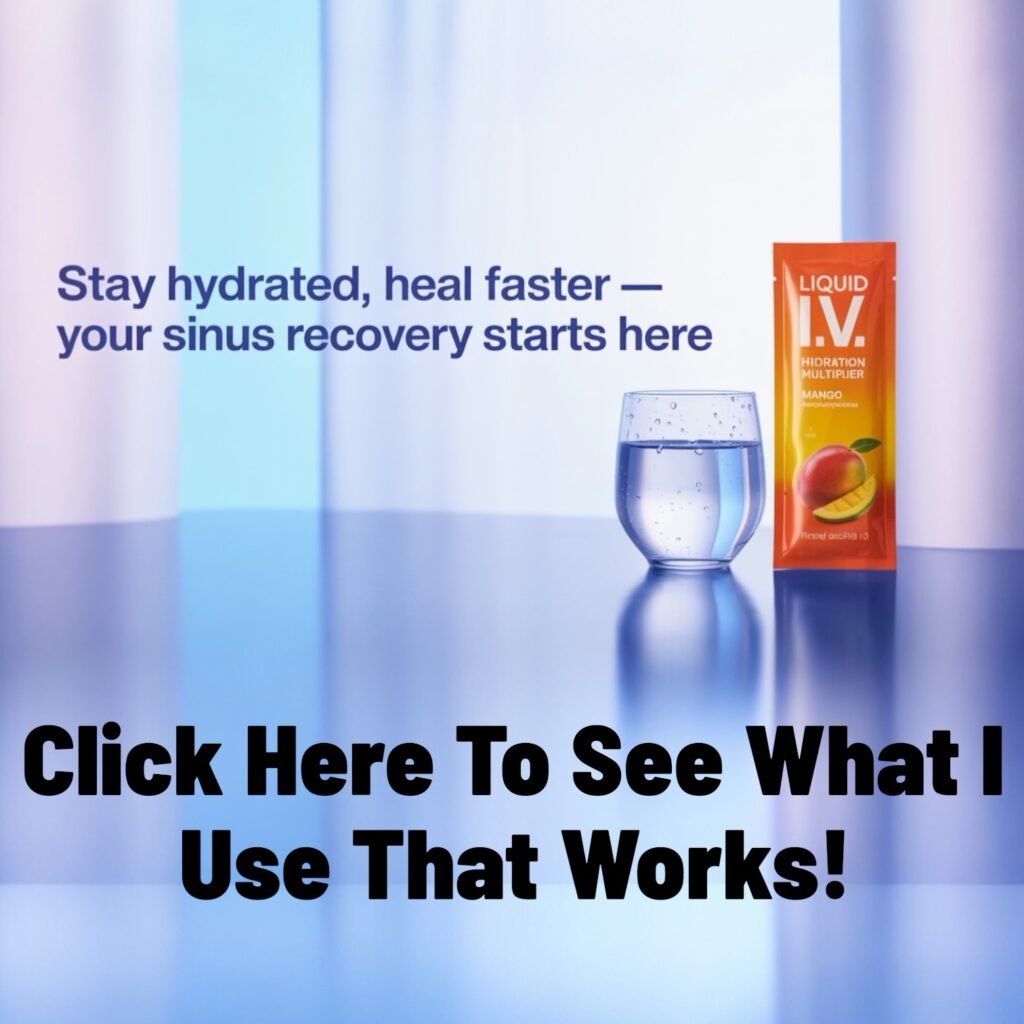
Tips to Get the Most Out of Your Rinse Sessions
Let’s be real—your first few nasal rinses might feel weird. Or uncomfortable. Or like, “am I drowning right now?” But once you get the hang of it, it becomes second nature.
Here’s what helped me get better results:
- Always lean forward slightly so water doesn’t go down your throat
- Breathe through your mouth—not your nose—during the rinse
- Warm, not hot, water works best (about body temp)
- Clean your machine after every use (don’t skip this!)
- Do it consistently—don’t wait for pressure to build up
Both the NASALFRESH MD and the cordless model are easy to rinse out and keep clean. I just used mild dish soap and let them air dry upside down.

Can You Overdo It With Sinus Rinses?
Good question—and one I had too. I didn’t want to irritate my nose by doing too much. According to my ENT, 2-3 times a day is perfectly fine during healing. The saline is gentle and actually helps reduce swelling and mucus buildup.
But there is such a thing as overdoing it. If you’re rinsing more than 4-5 times a day, you might start drying out your sinuses or causing irritation.
Stick to what your body needs. I listened to mine, and found that twice daily (plus an optional third rinse on rough days) was the sweet spot.
Why I Keep Both Machines on Hand
You might think one nasal rinse machine is enough—but honestly, I still keep both around for different reasons.
The NASALFRESH MD Sinus Rinse Machine is my go-to when I’m home and want a full-pressure clean. It’s powerful, effective, and consistent. I leave it set up on my bathroom counter, ready to go.
But when I travel, or even when I just need something quick after mowing the lawn or being around allergens, I grab my cordless nasal rinse system. It’s smaller, easier to use in tight spaces, and super convenient.
I never expected to use two machines, but after having sinus surgery and battling so many complications, I’ve learned that having options makes a huge difference.
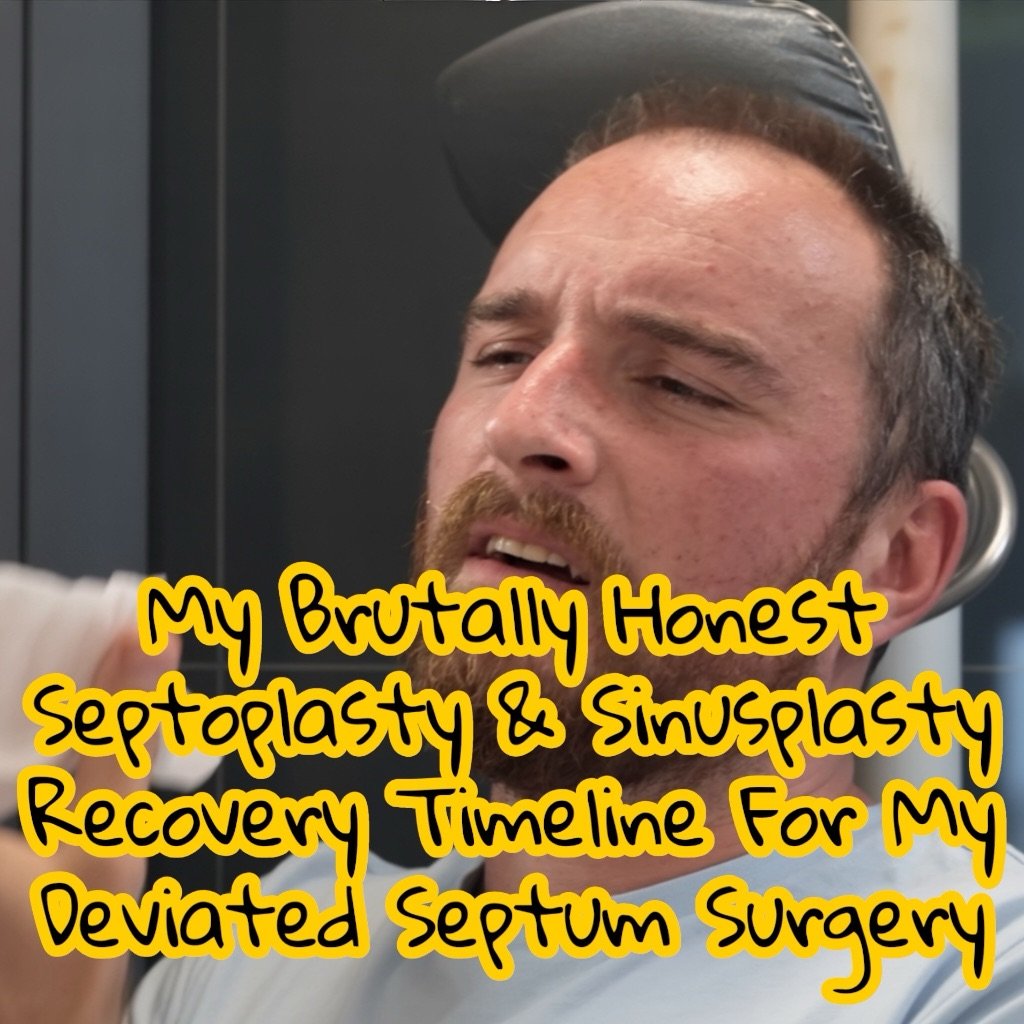
What’s the Deal with Salt Packets?
I didn’t think salt packets mattered at first—boy was I wrong. You can technically make your own saline, but after one bad mix (too salty = burning sinuses), I gave up on that.
Thankfully, both of these machines come with salt packets. The NASALFRESH MD includes 30, and the cordless nasal irrigator comes with 40.
These aren’t just salt—they’re buffered. That means they’re gentler and way more comfortable during a rinse. I now always use the pre-made packets and order extra before I run out.
It’s one of those little things that makes a big difference.
Long-Term Relief Without Medication
One of the best things about using these rinse machines daily? Less reliance on pills. I used to take decongestants and antihistamines constantly. After getting consistent with rinsing, I noticed I didn’t reach for those nearly as often.
The rinses clear the gunk before it builds up and causes pressure or infection. No side effects. No rebound congestion. Just a clean nose and better breathing.
If you’re tired of feeling stuffed up and miserable, you don’t have to wait for your ENT to tell you what to do. These machines changed my life after surgery—but I would’ve used them even without surgery if I’d known how much better I’d feel.
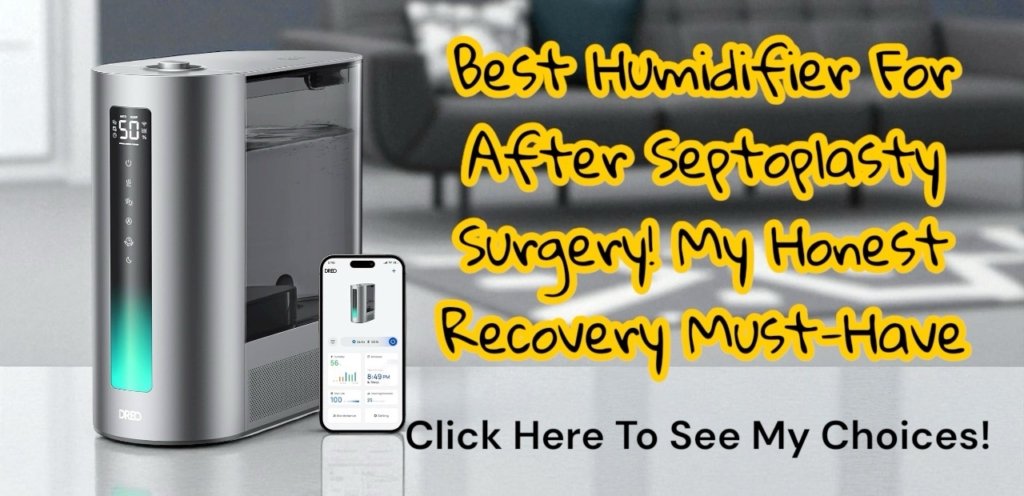
The Bottom Line: The Right Tools Made All the Difference
If you’re serious about getting relief from sinus pressure, infection recovery, allergies, or just day-to-day congestion—don’t waste your time with Neti pots or random squeeze bottles.
Go with something that works:
✅ NASALFRESH MD for powerful, consistent rinsing at home
✅ Cordless Nasal Irrigation System for portability and fast, effective cleaning anywhere
You can read my full personal experience with each one here:
- 🌀 Best Electric Sinus Rinse Machine That Actually Works and Doesn’t Hurt
- 🌊 Why This Cordless Nasal Irrigation System Works Better Than a Neti Pot
They both helped me through one of the toughest health recoveries I’ve ever faced, and now they’re just a part of my everyday routine.
If you’re dealing with sinus issues—even without surgery—I highly recommend giving one (or both) a try.
As an Amazon Associate we earn from qualifying purchases through some links in our articles.
